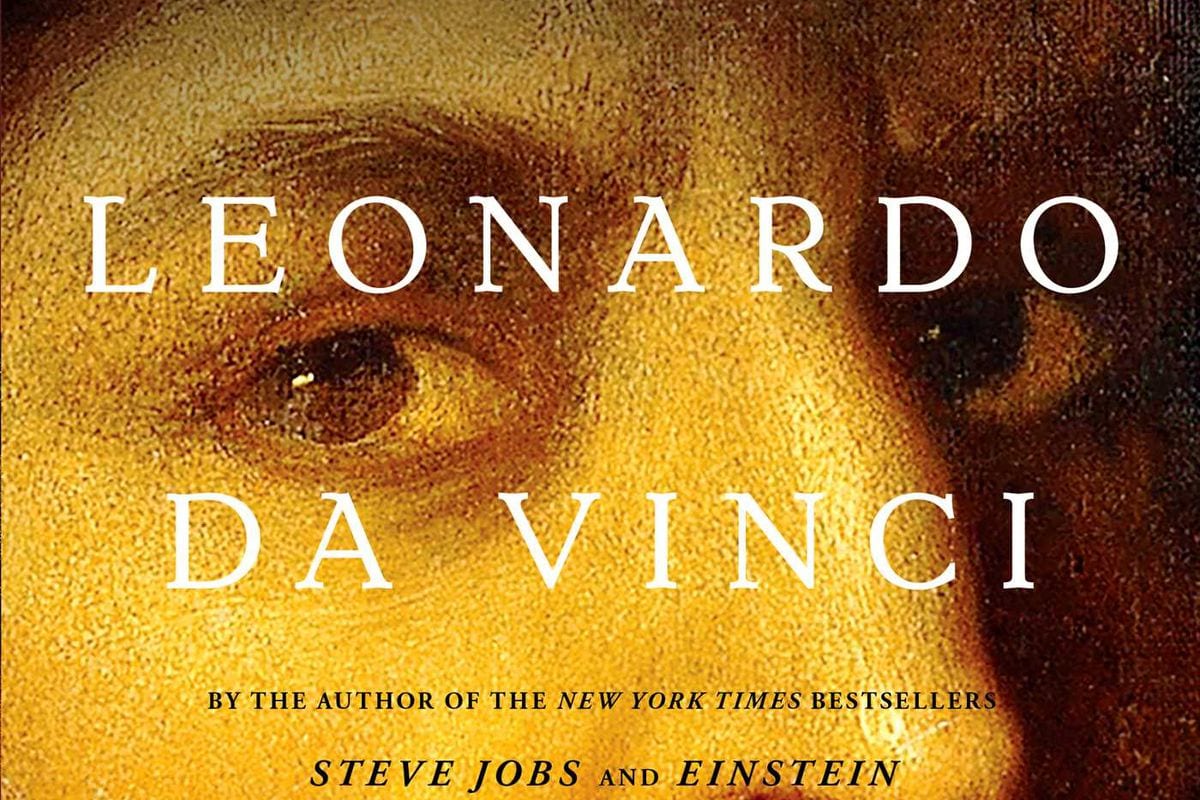Marvelling at the work of genius often leads one to think of them enthroned in the stratosphere. The accumulated stories, myths and legends that are passed down through the ages enthrone them ever higher, beyond mortal reach. But the revolutionary act as a biographer of History’s intellectual giants isn’t to propagate this unearthly image; it is, instead, the writer’s duty and respect to level them to our earth. The most memorable biographical writings are not the ones that just highlight extraordinary character and behavioural anomalies: they draw the similarities with the everyday person.
History’s most fascinating individual, Leonardo Da Vinci, is made jaw-gapingly relatable under Walter Isaacson’s pen. I must be careful to humble myself and avoid declaring a mutual trait of genius (not by a mile), but Isaacson makes a commendable effort to unveil the artistic divinity that shrouds the architect-engineer-painter-mathematician-anatomist (reading that he always abandoned works and left them incomplete, too, dissolved my guilt). Da Vinci and I’s common relatability is in the curiosity of our surroundings, hijacked by a compulsion to ask questions pertaining to its principles: Why does this or that happen? And what components affecting on it are making it happen the way it does? Isaacson provides a thorough exegesis of Da Vinci’s notebooks, which are bursting with sketches of military contraptions, theatrical devices to simulate flying, detailed and highly artistic anatomical drawings, and a treatise on Light and Shadow. Crucial drawings punctuate the book as a way to appreciate Da Vinci’s obsession with knowledge through experience and observation, the prominent themes.
The most arresting chapters focus on the wonder of notebooks, the troves of writings and drawings as an outlet for his artistic and scientific investigations: Scientist, Birds And Flying, The Mechanical Arts, Math, and The Nature Of Man, as they are titled. He stresses the salient fact that Da Vinci’s genius is dependent on his intense ability to cross-pollinate ideas from different fields. Art and Science, to Da Vinci, are connected and high art depended on the fluency in each.
His analogies exemplify his creativity as Isaacson explains:
“When he was inventing musical instruments, he made an analogy between how the larynx works and how a glissando recorder could perform similarly. When he was competing to design the tower for Milan’s cathedral, he made a connection between architects and doctors that reflected what would become the most fundamental analogy in his art and science: that between our physical world and our human anatomy. When he dissected a limb and drew its muscles and sinews, it led him to also sketch ropes and levers.”
He also psychologically analyses certain life and artistic choices Da Vinci made. This simulates a journey, and we are with him every step the latter makes. A decent biography, like this one, not only shows the chronological nature of what, but, most importantly, the eternal curiosity of why. If read carefully and meticulously, the love that the author has for Da Vinci softly emanates an undertone of a motivational and self-help book. Da Vinci’s notebooks –crammed with writings and observations (paper was expensive back then) – is what everyone below the stratosphere can do, with just pen, paper and eyes.
We’re blessed by being in the presence of such treasured remnants of Da Vinci, immortalised in his eclectic oeuvre. “As a day well spent makes sleep seem pleasant,” the Renaissance man would say, “so a life well employed makes death pleasant. A life well spent is long.” In one life, in terms of knowledge, he outlived people by three.
Words by Anthony Cheng
Want more Books content from The Indiependent? Click here
